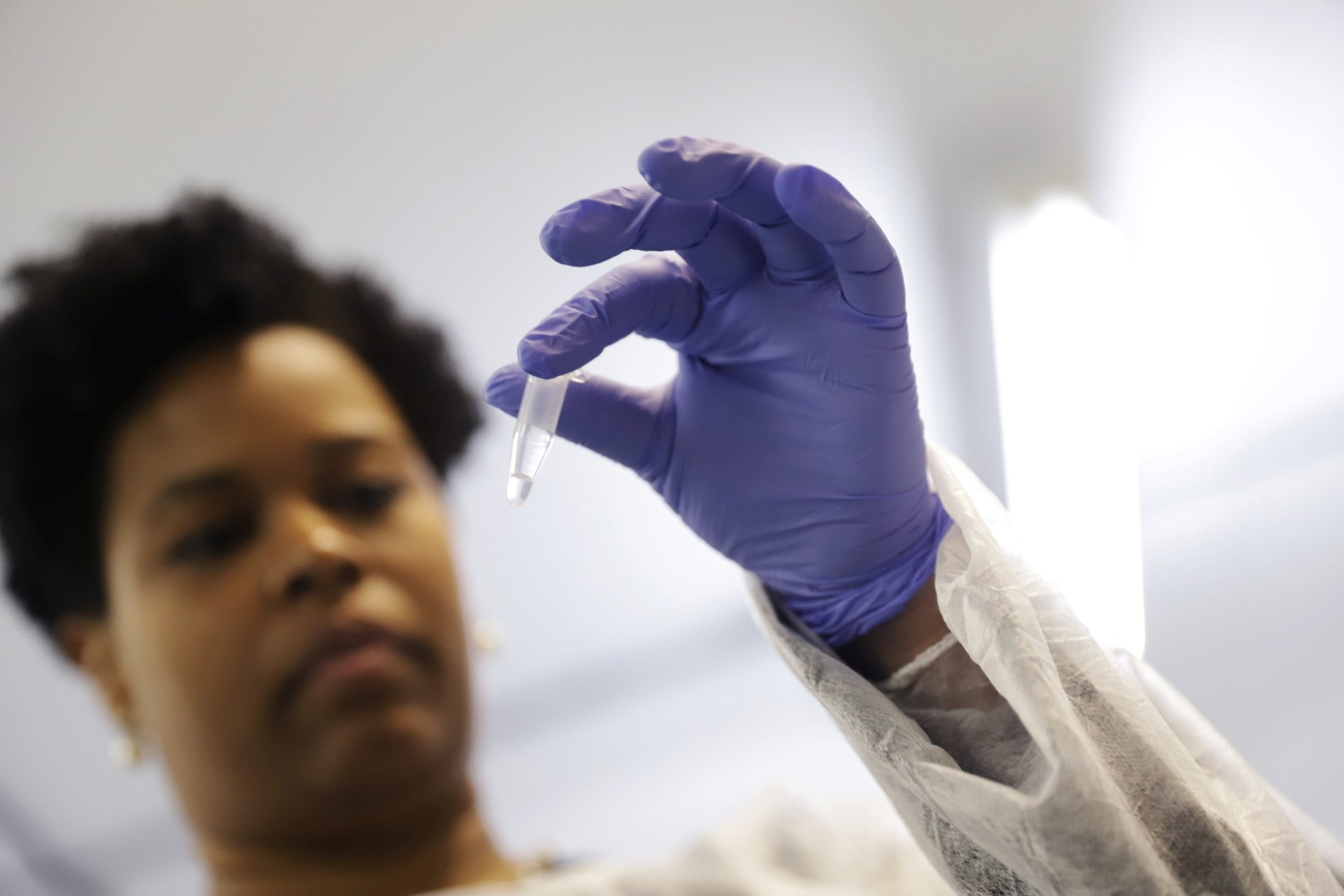Investment in DNA sequencing has a new focus: eDNA
eDNA, which floats in air and water, is attracting more interest from investors due to its higher efficiency

The global DNA business is becoming more lucrative thanks to new, more efficient technology.
The technique allows researchers to retrieve traces of human genetic material that floats in the air and water. This is known as environmental DNA (eDNA) and scientists use it to analyze it for human genetic markers. Essentially, eDNA originates from cellular material shed by organisms—hair, fur, skin, urine, mucus, gametes, or excrement.
Research results published by the Ecology and Evolution journal shows that eDNA is “three times more likely to give qualitative statements of performance” compared to traditional DNA sequencing methods. It also provides a higher resolution for detecting species than conventional methods like dip netting.
This is also a less expensive method, a 2021 study (pdf) by the US department of energy has shown.
Traditional methods often involve physically capturing or observing organisms, which can be time-consuming, expensive, and sometimes invasive. eDNA offers a noninvasive and potentially more cost-effective alternative. It can also provide insights into the biodiversity and ecological health of an ecosystem.
Market value is soaring
These aspects, together, have led to the cost of DNA sequencing dropping to $600, with the potential for it to go as low as $100. No surprises then that investors are placing their bets on eDNA, which could raise the global DNA sequencing market’s value from $4.69 billion in 2022 to $16.81 billion by 2030.
Immense governmental support since 2021 has also boosted it significantly. Even Unesco now runs an eDNA initiative to monitor fishes’ susceptibility to climate change.
The idea is now opening up new business opportunities such as eDNA testing services, equipment development, and data analysis.
Companies such as NatureMetrics, Jonah Ventures, SimplexDNA, Genidaqs, and Smith-Root provide eDNA services to industries such as environmental consulting, fisheries management, and biodiversity monitoring.
The eDNA Society says it is working on developing the science “as a discipline.” Its president Toshifumi Minamoto noted last December that its mission now is to “connect academic, industry, and government to facilitate the social implementation of the eDNA method.”
